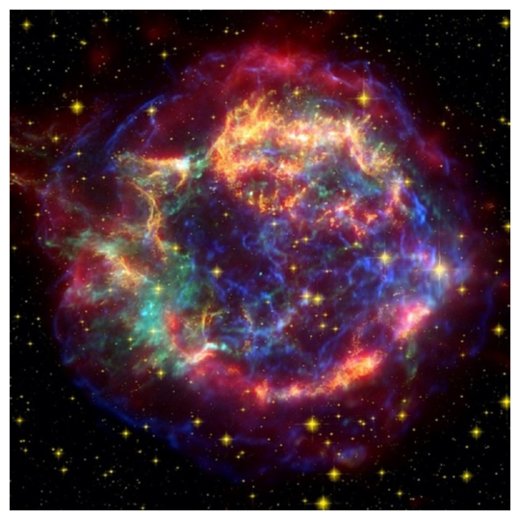
The impacts on Earth and its lifeforms could help explain the die-off that happened as the Pliocene Epoch wrapped up and the Pleistocene began, they say.
It's generally accepted that several stars have gone supernova about 300 light years from Earth within the past few million years. Recent evidence for these supernovae comes from two studies published in April. In one, researchers traced the amount of iron-60, a radioactive form of iron, in deep-sea crusts.
Iron-60 is catapulted into space by supernovae or in winds from massive stars; its presence can reveal when a star exploded nearby. Scientists found two influxes of iron-60, one about 1.5 to 3.2 million years ago, another at 6.5 to 8.7 million years ago.
Another group calculated the likely trajectories of recent supernovae, and found that the stars were probably nine times the size of our own sun, and exploded about 300 light years from Earth.
In the new study, scientists were curious about how these recent supernovae might have affected life on Earth, as well as our planet's atmosphere. To cause a truly catastrophic extinction, you'd need a supernova within about 26 light-years from Earth.
"This event is not close enough to have precipitated a major mass extinction, but may have had noticeable effects," wrote the researchers, who recently published the findings in Astrophysical Journal Letters.

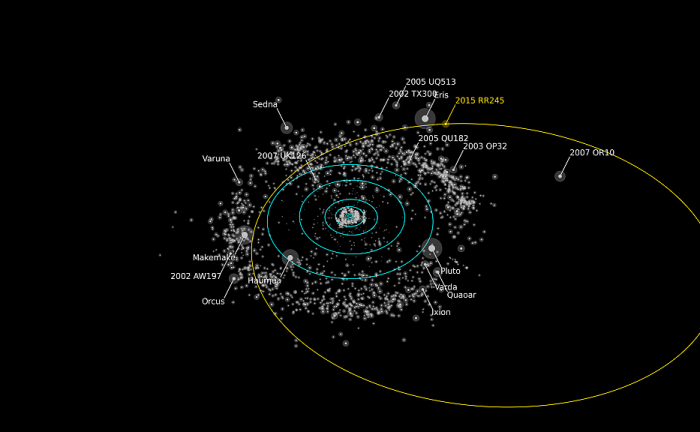
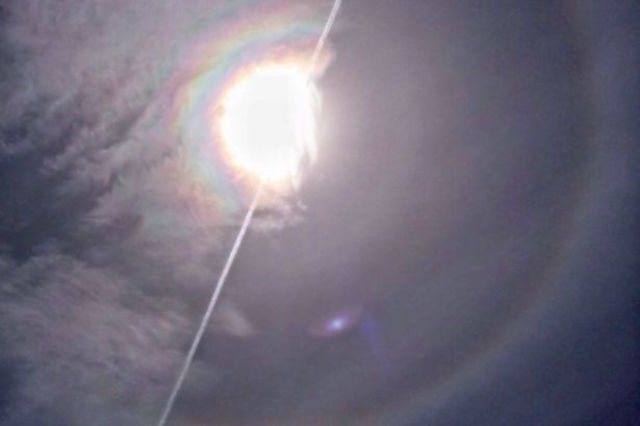
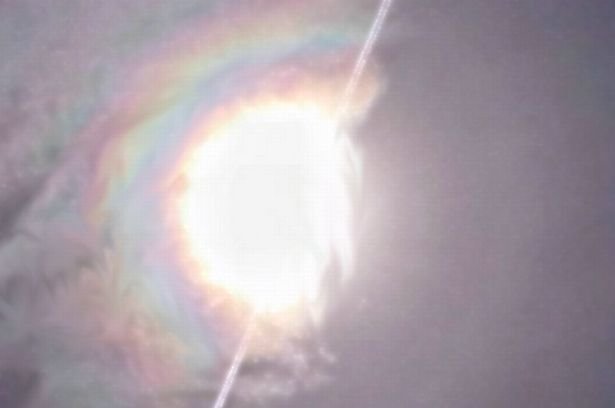

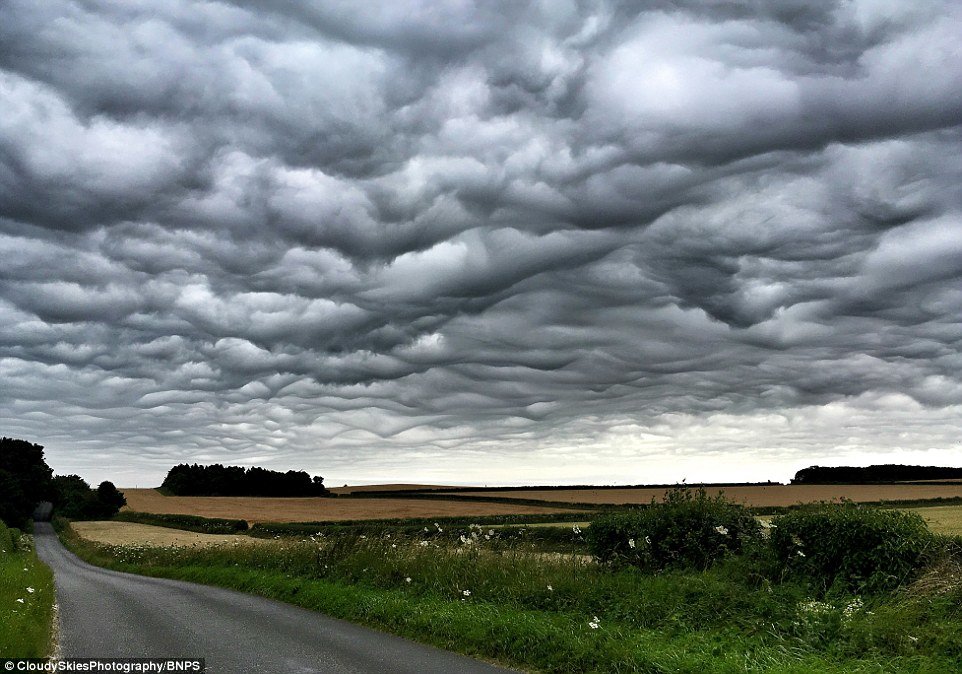
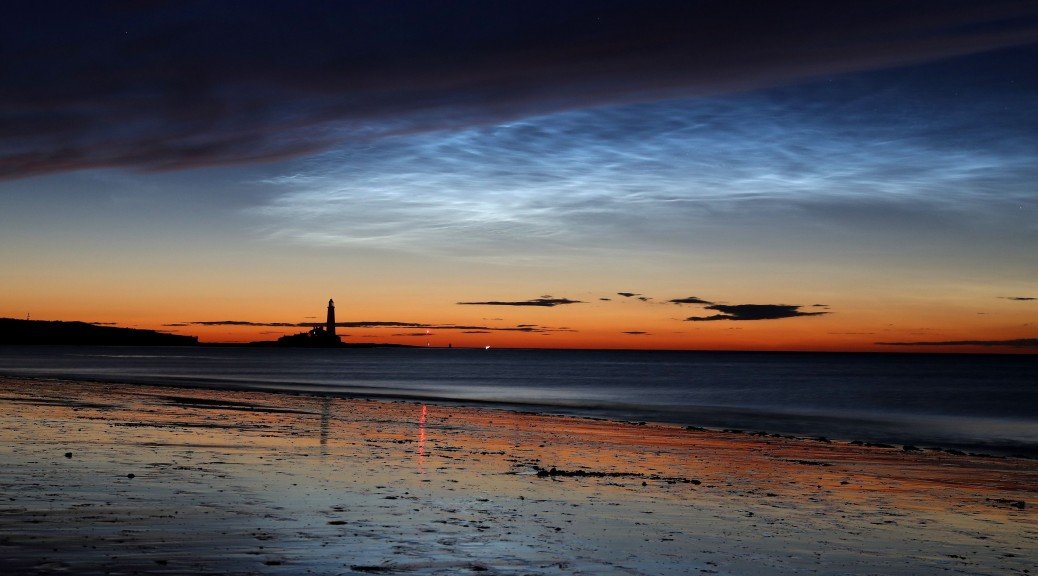
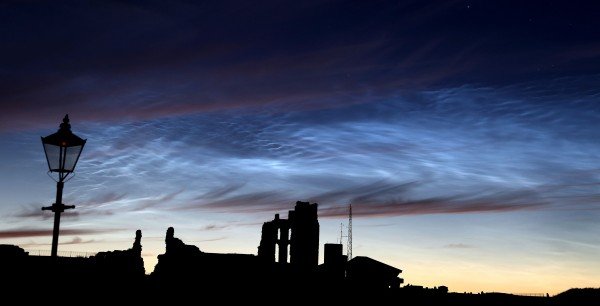
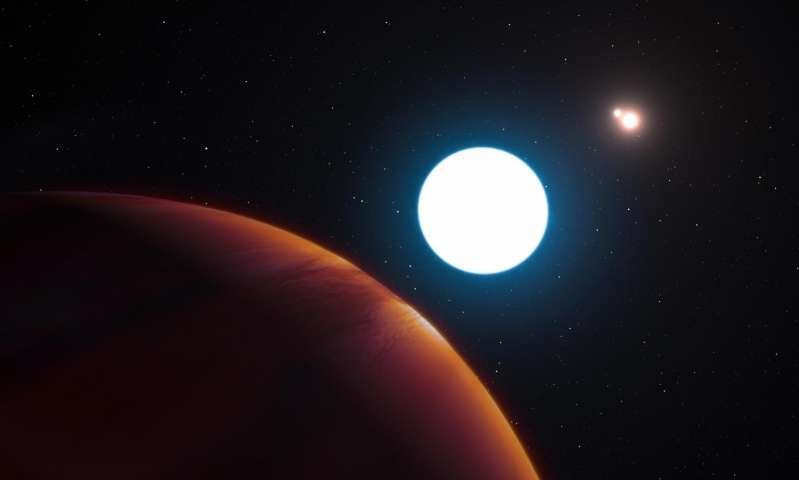

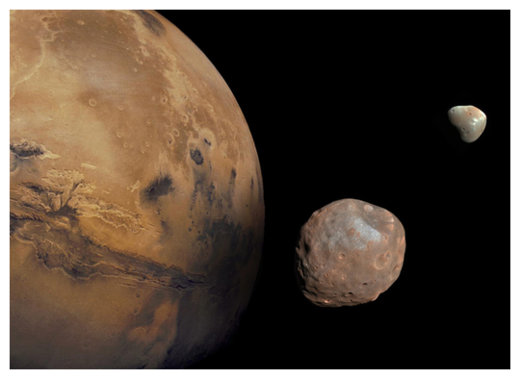



Comment: The fact that the author calls noctilucent clouds common and rare in the same paragraph isn't the strangest thing about their article.
Space.com has previously published an article on the actual cause of these clouds which the author ignores, and it's an ominous cause that those of you who read our 'Fire in the Sky' section will be well aware of: